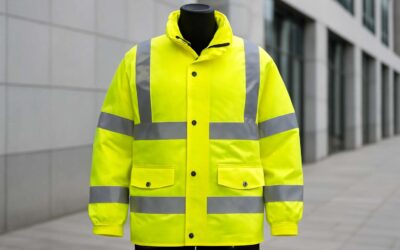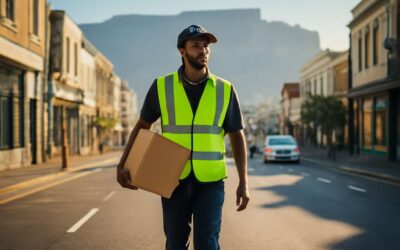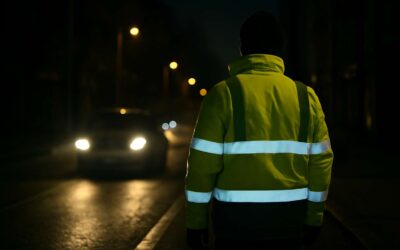
Every year, many workers are injured or killed in accidents involving moving vehicles and machines. Some of these are caused by workers being insufficiently visible to drivers or other people who need to be aware of their presence within a particular place and situation. Using reflective workwear can make workers more easily visible to those who need to see them in such situations. Reflective garments are often referred to as hi-viz clothing.
Personal protective equipment (PPE) is an essential part of the workplace, helping to prevent injuries to thousands of workers annually. This includes reflective safety vests, which are designed to enhance a worker’s visibility in low light conditions. These can be worn by road construction workers, forestry workers, and other workers who spend time working near traffic or in areas with low levels of light.
Reflective garments use fluorescent bright colours and retro-reflective materials that bounce light back to the source to help improve a worker’s visibility. These fabrics are also often coated in a waterproof or breathable material that helps to keep the wearer comfortable and dry. This can be especially important for outdoor workers who may be exposed to rain and wind.
There are different types of reflective garments available, depending on the type of job and environment a person is working in. For example, those who need to be seen in a busy city centre will benefit from high-visibility safety jackets with reflective tape or stripes. This helps to improve the wearer’s visibility in a busy environment and reduce the risk of collisions with passing traffic or other pedestrians.
Other types of reflective workwear include safety helmets and vests, which provide protection in specific situations. These can be worn by road maintenance workers, those performing maintenance works on motorways and roads, airports, docks and wharfs, as well as other locations where there is a risk of the wearer colliding with moving machinery or vehicles.
In addition to being highly visible, it is important that any reflective garments used by workers have the correct class and design for the environment in which they are being worn. This is determined by carrying out a risk assessment of the place and situation where the use of reflective clothing is required to identify the possible hazards to the health and safety of the workers.
Ideally, the reflective garments selected should be fitted to ensure that they are not too tight or loose. This is because if they are too tight they can create thermal stress and restrict movement, while if they are too loose they will not provide sufficient protection from vehicle or other hazards. The reflective material and background material should also be suitable for the weather in the area where the work is carried out.
For example, ANSI class 2 vests are typically used for workers in inclement weather who need to be seen in traffic flow at speeds up to 50 mph. This type of garment must have at least 12405 square inches of fluorescent material and 310 square inches of retro-reflective material on the front and back of the torso, along with reflective strips between the shoulders and elbows.



0 Comments